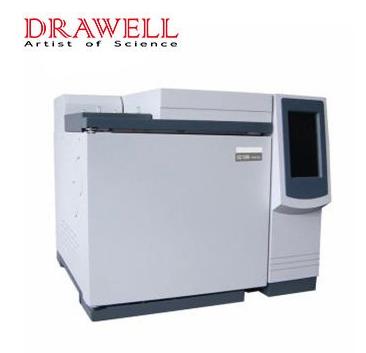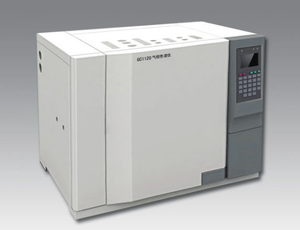Why Select Gas Chromatography (GC) Used in a Wide Range of Industies
Body
Gas chromatography (GC) is a widely used analytical technique for separating and analyzing volatile compounds in a mixture. Different types of detectors and chromatographic columns are employed based on the specific components and properties of the sample being analyzed. Here's a brief summary of each application mentioned:

Gas chromatography analysis of natural gas constants: Uses a thermal conductivity detector to analyze components like O2, N2, CH4, CO2, C2H6, C3H8, i-C4, n-C4, i-C5, n-C5, and others in urban gas.
Analysis of artificial gas: Utilizes a thermal conductivity detector, double-valve multi-column system, and automatic or manual sample injection for determining main components in artificial gas.
Gas chromatography analysis of LPG: Employs thermal conductivity detector, packed column system, and valve automatic or manual switching for analyzing C2-C4 and total C5 hydrocarbons in LPG produced by refineries.
Gas chromatography analysis of refinery gas: Selects thermal conductivity and hydrogen flame ionization detectors, packed column, and capillary column for analyzing various components in refinery gas.
Gas chromatography analysis of benzene and toluene in vehicle and aviation gasoline: Uses thermal conductivity detector or hydrogen flame ionization detector, double columns connected in series, and a backflushing system for qualitative and quantitative analysis of benzene and toluene in gasoline.
Gas chromatography analysis of some alcohols and ethers in gasoline: Utilizes a hydrogen flame ionization detector, multi-column system, and backflushing to analyze alcohols and ethers in gasoline, especially suitable for automotive and aviation gasoline containing ethanol.
Gas chromatographic analysis of hygienic standards for distilled wine and prepared wine: Employs a hydrogen flame ionization detector and specific columns for analyzing methanol and fusel oil in liquor.
Food Alcohol: Uses a PEG-20M capillary column, FID detector, and standard internal method to detect methanol, fusel oil, and other trace components in high-quality edible alcohol.
Analysis of aldehydes, alcohols, and esters in liquor: Utilizes a hydrogen flame ionization detector and specific columns for analyzing components in Luzhou-flavor liquor and Qing-flavor liquor.
Detection of residual solvents in vegetable oils: Employs a headspace gas chromatography system with a hydrogen flame ionization detector and packed column coated with 5% DEGS fixed solution for determining residual No. 6 solvent in leaching oil.
Indoor air detection and analysis: Uses a hydrogen flame ionization detector, thermal desorption sampler, packed column, or capillary column for detecting volatile organic compounds (VOCs) in indoor air.
Gas chromatographic analysis of transformer oil cracking products: Employs hydrogen flame ionization detector and thermal conductivity detector with Ni catalytic converter for automatic analysis of transformer oil cracking products.
Gas Chromatography Analysis of food additives and pesticide residues in food: Utilizes different detectors and chromatographic columns for the detection of various compounds in food samples.
Testing and analysis of tobacco and tobacco products: Employs TCD, FID, and specific chromatographic columns for determining moisture and nicotine content, as well as pesticide residues in tobacco and tobacco products.
Other applications: Includes various analysis methods for ethanol content in blood, residual solvents in medicines, odor analysis in food, volatile aromatic hydrocarbons in wastewater, and volatile organic compounds in drinking water.
These applications demonstrate the versatility and importance of gas chromatography in a wide range of industries, including energy, environmental monitoring, food safety, and pharmaceuticals. Different combinations of detectors, columns, and sample preparation techniques allow for tailored analysis of specific compounds in different sample matrices.











Comments